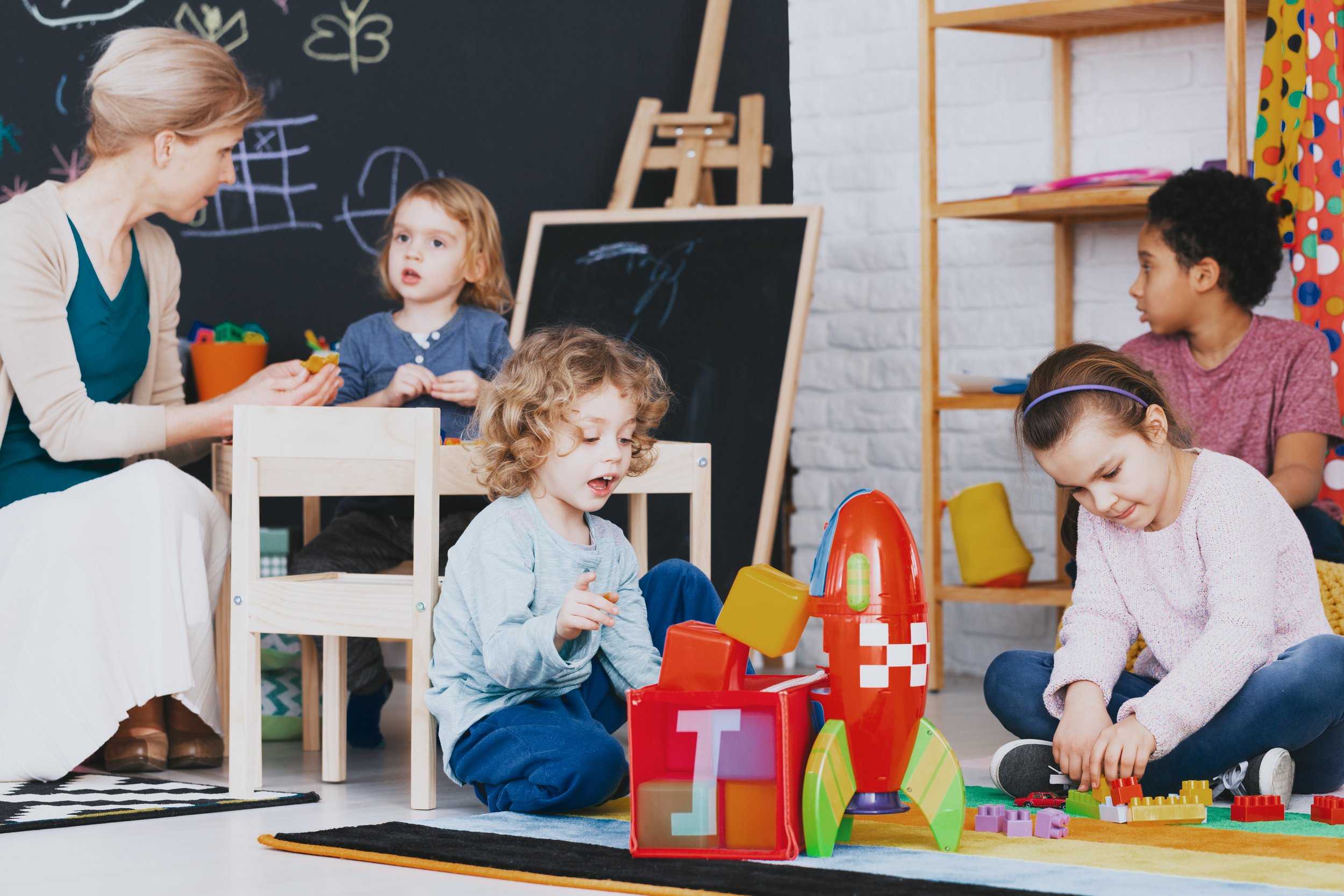Do you dream of a classroom of children who can self-regulate and calm when they’re upset?
….maybe children even help each other in those hard moments?
Do you wish you and your coworkers – and children’s families – were all on the same page with strategies to support young children who exhibit challenging behavior to learn to self-regulate?
Would you like to see your work to teach recognizing and expressing emotions result in more self-regulation and less aggression and resistance to direction-following?
Well, what if as a field we’ve become more and more concerned with teaching self-regulation over the last decade or two (which seems true to me)…
AND, we live in a world that has become increasingly hard to self-regulate in! Yep, technology and screen time have our brains all fired up and unable to settle.
AND, of course, in the last 2 ½ years countless children and families have endured all sorts of hardship and trauma…which can mean going from 0 to 10 in the blink of an eye, seemingly for no reason (teachers too, of course). Plus, many children didn’t attend group care and education for some or all of that time so they missed the opportunity to learn from you and their peers.
But, what if we’ve got our attempts to teach self-regulation a little backwards?
…or, at least short-sighted?
Many early childhood teachers are missing the KEY INGREDIENT to teaching self-regulation.
If you’re a TCB member or attended a TCB training you might know where I’m going with this…
What is the easiest, fastest and most effective way for children to learn self-regulation skills?
…ESPECIALLY children with high energy who don’t seem to have a medium or low switch?
Maybe you guessed it…PLAY. First and foremost, children learn to self-regulate through play.
Yes, free play, but also through simple movement and music activities and games with rules.
Now you may be thinking, “Wait, what!? Barb, I have kids screaming, hitting, disrupting circle time, throwing school property (and, throwing shoes!), bossing others around, yelling no at me, copycat behavior…and multiple children doing these things, all day long! You’re telling me PLAY is going to help with that? Sure we play. But, seriously, Barb, I need help with those behaviors!”
Hear me out…
YES, play is the key component to teaching self-regulation so that children can do something other than the behaviors described in the paragraph above.
Now, of course you also need tools to keep children safe in the heat of the moment! You need strategies to de-escalate and help children return to calm.
However, those are band aids.
True self-regulation that comes from the child is learned through play.
Check out my other articles to learn more about why this is the case AND get strategies to help the children who exhibit severe challenging behaviors—and your whole class—learn to self-regulate.
In my other articles, I dive deeper into self-regulation and play with…
What if the Key to Self-Regulation is in Your Cassette Tapes, CDs or Spotify playlist!?
6 Things to Try Before Telling a Family Their Child Needs to Leave Your Program
If children learning self-regulation through play is new to you stick with me for this self-regulation series before deciding what you think, k? More soon…
In the meantime: if you didn’t tell me about who in your class needs help with self-regulation skills last week, please let me know in the comments below!

